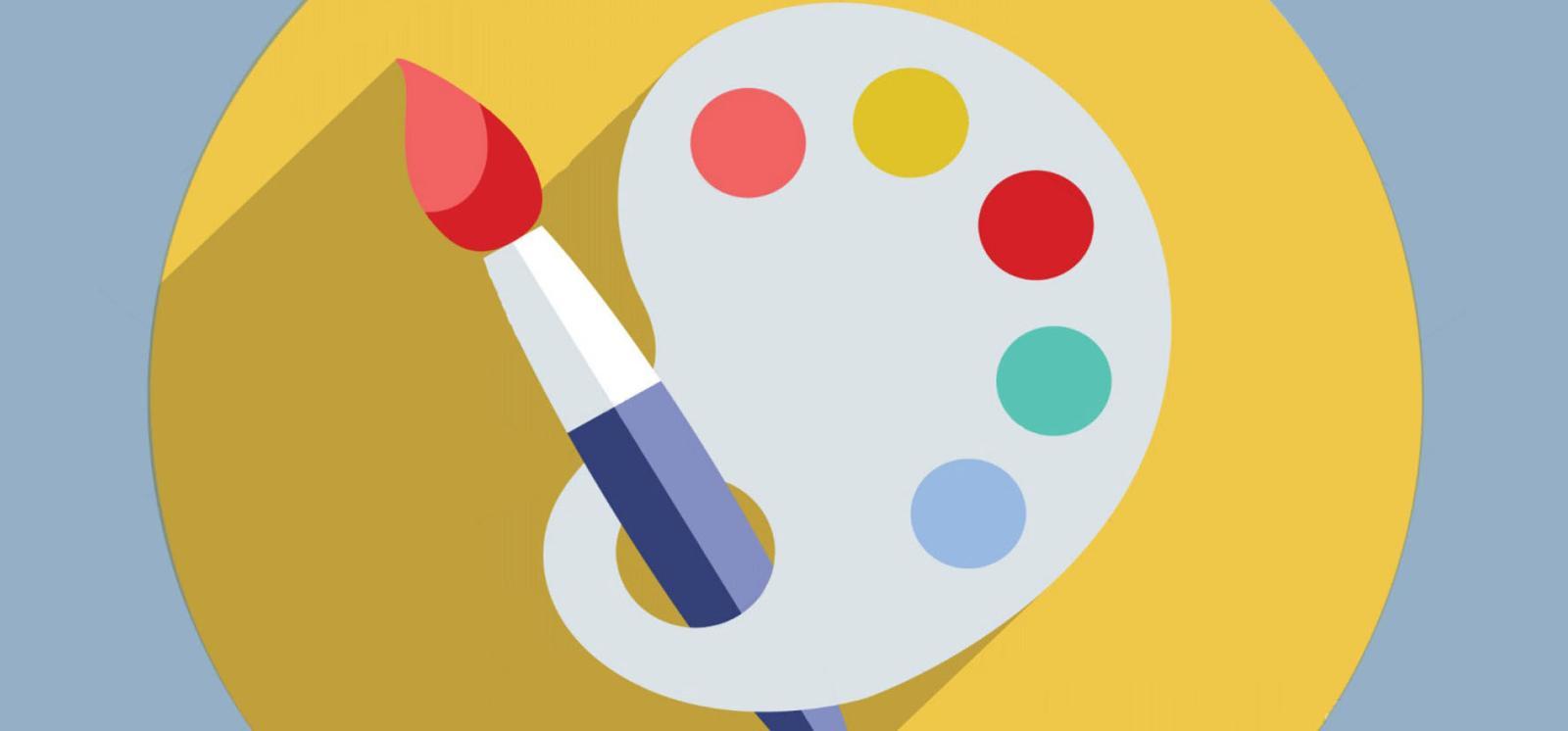
The Science of Color in Web Design
Jaime Escott - 4 Min Read

Color scheme is paramount when it comes to branding. Whether you want to increase quality, success, thought leadership, or establish credibility color can help you do it all.
The question is: how do you create a color scheme that highlights your brand, resonates with your audiences, and distinguishes you in your industry?
I decided it was time to consult a professional to get some answers, so I headed over to the desk of our senior designer Mary Primeau. Mary has worked to uncover colors, layouts, mood boards, and logos for clients in every industry.
Audience
When it comes to targeting your audiences through branding and color schemes, it’s important to be confident in your company’s personas. The color scheme of a brand new retail store for children should be vastly different than that of a global law firm that works for corporations. Why? Because your color scheme should correspond to the needs and preferences of your target audience.
When I spoke with Mary, she said that if the audience is conservative, a designer might be hesitant to push the boundaries of design and color. The idea of having an unusual, odd, or unexpected color might come off as unprofessional or distract from the company’s message. Prospective customers, partners, and patients are the lifeblood of your business, so be sure to keep them in mind when designing your new website.
Competition
Take a step back and scope out what your competitors are doing in terms of color palettes. The health sciences industry, for example, has an overabundance of blue, which makes companies in that field look both identical and unremarkable.
With this in mind, Mary is constantly trying to add pieces of unique, distinguishable color to keep brands looking modern and recognizable amongst competitors. “One of my clients loved blue and it was clear to me that they were on the conservative side. I suggested that they incorporate lime green into the mix to differentiate themselves. This accent color would allow them to maintain their conservative feel, while simultaneously setting themselves apart with a modern twist.”
When businesses choose an unexpected color, it implies that the business is innovative, forward-thinking, and willing to take risks in the industry. Mary also noted that the color green is often associated with ‘go,’ which implies that colors can have alternative messages and subconsciously motivate audiences to engage when used strategically.
Be Disruptive
“Disruptive” is a major buzz word in the creative world that tends to get heads nodding in meetings. A disruptive element in design is something so against the grain that it forces onlookers to stop and notice it. “Take pink, for example,’ says Mary, “people have preconceived notions about pink, they think it’s unprofessional, and tend to steer clear of it. However, we’ve seen huge success with it because it is disruptive - it demands attention and forces audiences to acknowledge the uniqueness of it.”
Mary has incorporated pink into various themes, including blue, green, and purple, as a reminder that pink isn’t just for girls and that it can add a whole new dimension to a design.
Purpose
One of our recent clients, Vertex Pharmaceuticals, has always had a purple logo. Mary explains that a way to keep brands looking fresh and modern without uprooting the history of the business is to keep their classic color and build on it with an expanded palette of modern colors. As an example, she explained “our team built around the Vertex purple to create a color palette that differentiates Vertex from its competitors. With a watercolor theme the purple is not only complimented and modernized, but helps Vertex’s audiences to engage and stay interested in the site.
Push Boundaries
As final food for thought, I asked Mary if there was anything she believed all designers would collectively agree with about how to collaborate and produce great work with clients.
“I think a key thing to remember during brainstorming sessions is that designers have a fresh perspective and are able to think about your branding in a way you’ve never even considered. Even though it is easy to get caught up in what you’re familiar with and what your business has relied on over the years, being open to change is hugely important. Through growth, innovation, and disruptive concepts, businesses can grow, expand, and become pioneers in their industry.”
What impact do you think color has in your web design? Share your thoughts with us on Twitter or LinkedIn.